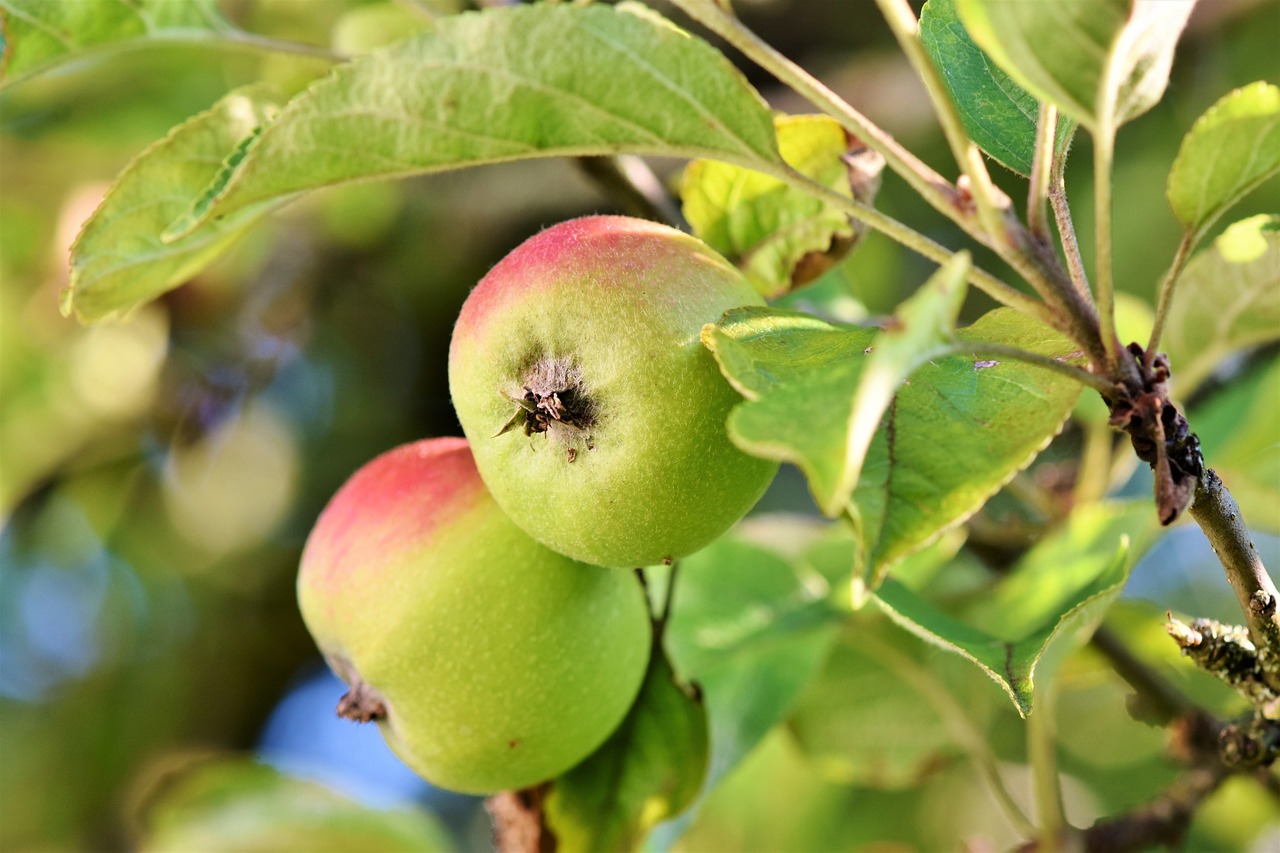
When it comes to growing fruit in Zone 6, it’s important to have a planting schedule that takes into account the specific climate and conditions of the region. By following a well-planned schedule, you can ensure that your orchard thrives and produces a bountiful harvest. In this article, we will explore the Zone 6 fruit planting schedule, providing you with the necessary information to plan and maintain a successful orchard.
This post may have affiliate links. This means that sometimes when you click a link on our site and make a purchase on Amazon, we may earn a small commission at no additional cost to you. We only recommend products we truly believe in, and your support helps keep us running!
Table of Contents
The Best Fruits to Grow in Zone 6
Zone 6 is a region in the United States with an average minimum temperature of -10°F/-23°C. This region is known for its warm/hot summers and mild winters, making it an ideal location for growing a variety of fruits. In this article, we’ll cover the best fruits to grow in Zone 6, when to plant them, and how to care for them.
Here are some of the best fruits to grow in Zone 6:
Apples
Apples are a perennial plant that takes three to five years to begin producing fruit. Some varieties may take even longer, but they produce an edible fruit. The best time to plant apple trees is in the spring, after the last frost. Recommended varieties for Zone 6 include Honeycrisp, McIntosh, Red/Gold Delicious, and Gala.
Berries
You can grow a variety of berries in Zone 6, including blueberries, blackberries, and raspberries. They can also be treated as perennials in most cases. Be sure to mulch and care for them as necessary when winter approaches.
Melons
Melons can grow and do well in Zone 6, but you must be sure to plant them after the weather warms fully. You can grow cantaloupe and watermelons too. Be sure you give them enough room to grow as they like to sprawl.
Cherries
Cherry trees return year after year, require only basic care, and look beautiful. Recommended varieties for Zone 6 include Lapins, Bing, and Montmorency.
Plums
If you’re trying to grow a variety of fruits in your yard, don’t discount the plum. It’s full of vitamins and nutrients and is delicious. Recommended varieties for Zone 6 include Stanley and Methley.
Strawberries
When growing strawberries, you should pay attention to what variety you plant. Some varieties will produce more quickly, but they’re only annuals. While other varieties may take time to produce a harvest, but they’ll come back bigger. Recommended varieties for Zone 6 include Ozark Beauty and Allstar.
Zone 6’s Fruit Planting Schedule
With a firm grasp on your microclimate, let’s delve into the “Zone 6’s Fruit Planting Schedule”:
Early Spring (March-April):
- Stone Fruits: This is prime time for planting peaches, plums, nectarines, and cherries. Choose bare-root or containerized trees, ensuring they are disease-resistant and suited to your climate. Remember, some stone fruits require a pollinator, so research varieties and plant accordingly.
- Small Fruits: Sweeten your summer with raspberries, blueberries, and strawberries. These delights thrive in well-draining, slightly acidic soil. Opt for everbearing varieties for extended harvests.
- Nut Trees: Plant the seeds of long-term bounty with hazelnuts, almonds, and walnuts. Be patient, as these majestic trees take years to mature, but the reward is worth the wait.
Late Spring (May-June):
- Apple Trees: The quintessential backyard fruit, apples offer endless variety. Select disease-resistant cultivars compatible with your climate and pollination needs. Consider dwarf varieties for smaller spaces.
- Pears: These elegant trees grace the orchard with delicate blossoms and delicious rewards. Choose varieties resistant to fire blight, a common pear disease.
- Grapes: Cultivate your own vineyard with disease-resistant table grapes. Ensure proper trellis support and sun exposure for optimal growth.
Summer (July-August):
- Fig Trees: Bask in the Mediterranean vibes with these heat-loving beauties. Choose container varieties for colder areas or in-ground planting for warmer zones.
- Citrus Trees: Bring a touch of the tropics to your orchard with satsumas, Meyer lemons, and kumquats. Remember, these require protection from harsh winter freezes.
Fall (September-October):
- Berry Bushes: Expand your small fruit repertoire with gooseberries, currants, and elderberries. Plant them in well-drained soil and provide adequate support for the branches.
Remember: This is a general guide, and specific planting dates may vary depending on your microclimate. Consult local experts for tailored advice.
Beyond Planting: Cultivating Thriving Orchards
The “Zone 6’s Fruit Planting Schedule” is just the beginning. To nurture your orchard to its full potential, embrace these additional tips:
- Soil Preparation: Amend your soil with organic matter to improve drainage and nutrient content. Test your soil’s pH and adjust as needed for specific fruit preferences.
- Watering: Deep and infrequent watering is key, especially during the first few years after planting. Adjust watering based on rainfall and soil moisture.
- Mulching: Mulch around your trees and bushes to retain moisture, suppress weeds, and regulate soil temperature.
- Pruning: Proper pruning encourages healthy growth, fruit production, and manageable tree size. Research individual fruit tree pruning techniques.
- Pest and Disease Management: Implement effective organic pest methods like companion planting and insect traps to manage pests and diseases naturally.
Conclusion: From Seedling to Satisfaction
The “Zone 6’s Fruit Planting Schedule” provides a roadmap, but the true joy lies in the journey. As you nurture your orchard, witness the miracle of life unfold – from delicate blossoms to plump, juicy fruits bursting with flavor. Embrace the learning process, savor the satisfaction of each successful harvest, and let your orchard become a haven of beauty and bounty for years to come.
